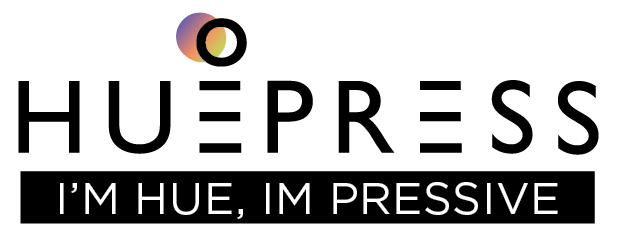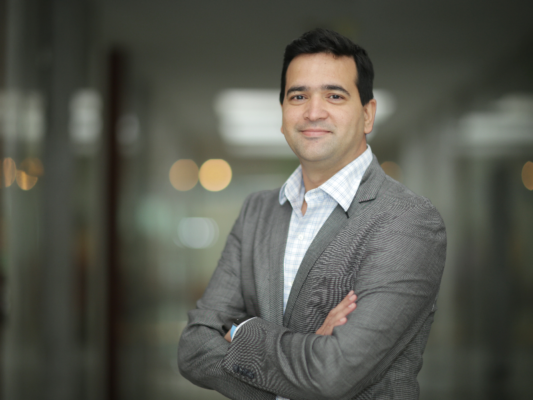Công nghệ LiFi, Tin công nghệ
Smart lighting: energy saving and vision of smart living
In conversation with Sumit Joshi, Vice President and CEO, Signify Innovations India Limited (formerly Philips Lighting India)
How have the challenges facing the journey shaped Signify’s vision?
Sustainability is at the core of everything we do at Signify and we are playing a leading role to bring better light to the world and help deliver a more sustainable future. At Signify, we are also ‘walking the talk’ and achieving carbon neutrality by 2020 globally with 82.5% of our revenue coming from sustainable products, systems and services. We are also promoting a zero-waste landfill, striving for an injury-free workplace, and are engaging suppliers for a sustainable supply chain. We now embark on a new five-year journey to double our positive impact on the environment and society.
Going forward, our vision is to foster new areas of sustainable growth that address the world’s greatest challenges. We will focus on lighting solutions that address global issues of climate action, circular economy, food availability, health and well-being and safety and security. The key to boosting these regions will be increasing connectivity. Some of these solutions include 3D printed lamps, energy-efficient connected lighting, crop and aquaculture lighting, LiFi and UV-C.
To further reduce our environmental impact, we say goodbye to plastic in our packaging.
We are also committed to the responsible consumption and production of 3D printed lighting products that can be reprinted, refurbished, reused or recycled.
Around the world, a lot of energy is wasted in our living spaces. How can this waste be prevented?
Energy waste has become a major concern of most countries over the years. Constant efforts are being made to conserve energy use in the fields. Some of the ways we can limit the energy waste in lighting our living spaces are as follows:
Switching from less efficient conventional lamps, halogens and CFLs to energy efficient LEDs can reduce energy consumption by a significant 53%.
The use of sensors can further reduce energy consumption by ensuring that lights are turned on only when needed. For example, connected street lights can be dimmed during off-peak hours and raised when any motion is detected. In addition, using smart lights at home can ensure that the lights only turn on when someone enters the room.
Using connected lights and IoT control systems that can be controlled remotely can also help reduce energy waste by up to 80%.
What is your vision for a changed world by 2025 or 2030?
Our industry has seen incredible transformations over the past few years. What used to be just incandescent electric companies, today successfully transformed into smart lighting companies, are further supporting the transformation of every other industry, in the new electronic era. this of a connected world. Our vision for the next few years is to develop and create products and services for our more progressive and sustainable consumers.
Lighting for safety and health: Over the past 35 years, we have developed strong UV-C application expertise. It has enabled us to develop a wide range of efficient UV-C lamps, luminaires, equipment, control systems and services that are quite essential in the current context. These systems are effective against all types of bacteria and viruses and are therefore widely used from water purification, air purification and disinfection.
A Connected World: Driverless cars, smart buildings and homes are all part of a connected future that we are enabling with connected lights. Our lighting solutions can create a smart world through connected lights used in streets, buildings, public infrastructure and at home.
Gardening Lighting: As the global population grows steadily, it is estimated that we will need to produce 70% more food within the next 15 years to keep up. With limited open space left for growing vegetables, vertical farms are the only viable option in cities. Fine-tuned light formulations provide the spectrum and intensity plants need without the need for additional heat.
Internet Through Light: With over 743 million active Internet users in India (TRAI-report published September 2020) and over 687 Mn+ broadband subscribers in India, the pressure is on very large for the existing broadband spectrum. LiFi, which is a wireless technology that uses light waves instead of radio waves to transmit data, could be a viable alternative. It is also a great option to provide internet connectivity in public transport to enhance the travel experience for passengers.
Circular Economy: With natural resources becoming scarce and sustainability a fundamental theme in every industry, having products that can be reused and recycled will become important. The innovation of 3D printed luminaires will allow consumers to personalize, customize and tailor luminaires to fit their needs by choosing shape, pattern, color and size, lumen output. , drivers and optics.
Source: TheEconomicTimes



